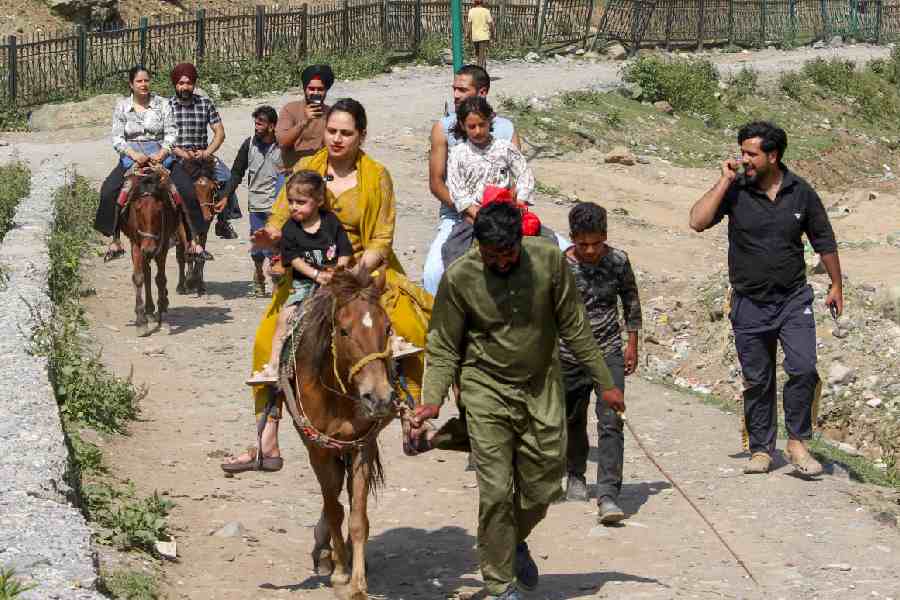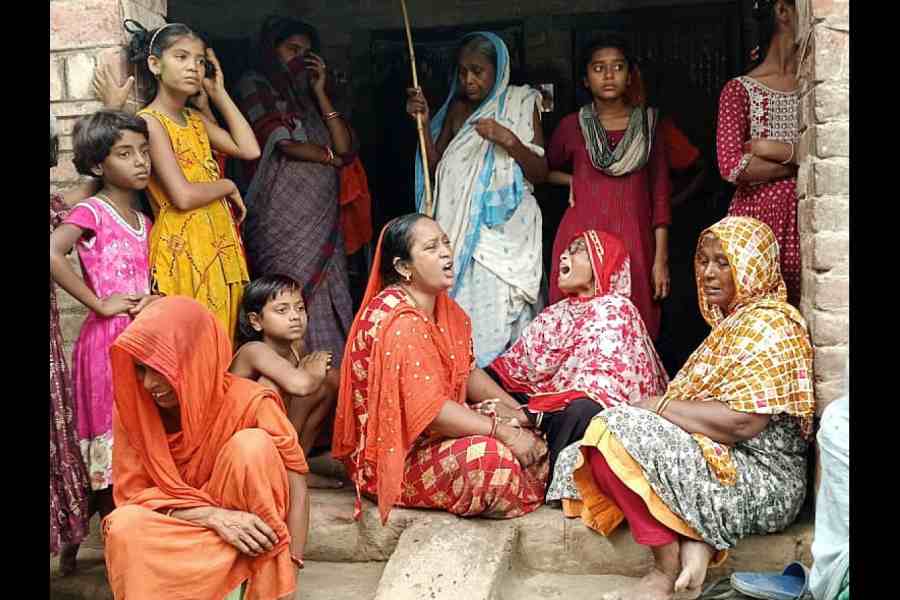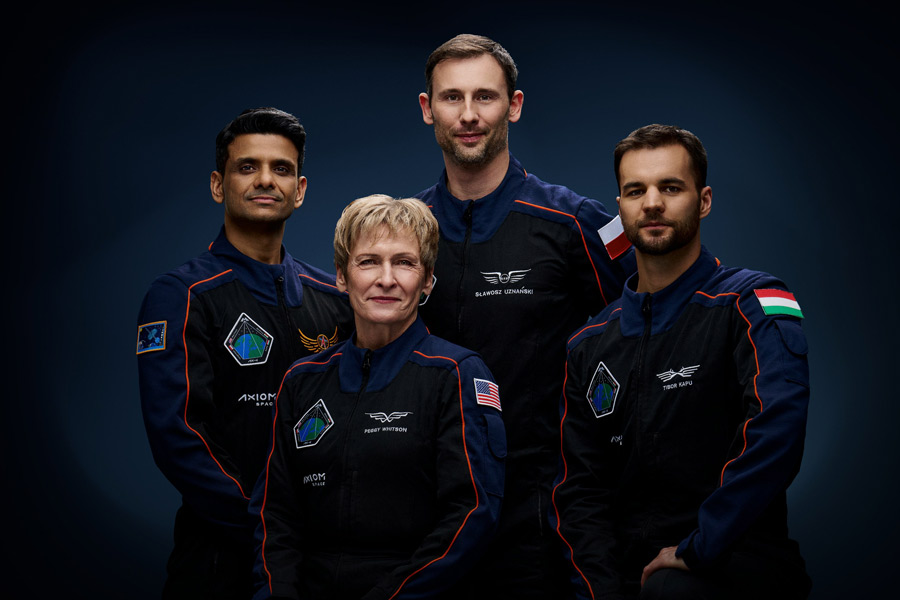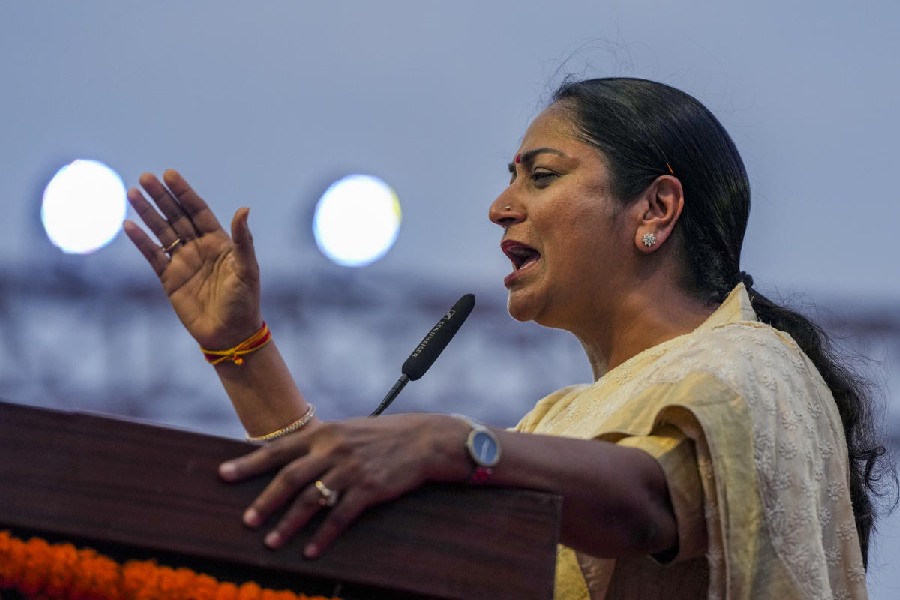
The Padma Shri award conferred on you this year seems to be a late recognition of your talent…Do you feel hurt?
I have no regrets. Yes, some people say that I should have got it earlier. But no award can match the love and affection of people who appreciate my work. I feel nationally and internationally acclaimed Odia film directors such as Manmohan Mohapatra and the late Nirad Mohapatra should have received the awards before me. Their contribution to Odia film is immense.
How has life changed after the announcement?
Life has been tough for me...I don't know why God hasn't been kind to me. I have a disc problem and I have not done any work in the past four years. People have started to forget me. But, the award has given me a new lease of life and I have also started receiving offers. I have got offers from the Odia industry for at least three films. I have also received offers from Bollywood. I will take another three to four months to recover completely and resume work when I'm fit enough.
The films of your era, what many call parallel cinema, especially the films of Satyajit Ray, Mrinal Sen and Shyam Benegal are missed now. What has changed?
Today's producers are not art lovers. They are least interested in meaningful cinema. They are businessmen and want their investments multiplied. Directors also succumb to pressure, as they have no alternative. They are lifting plots and stories from other films and languages and reproducing them without realising that it would ultimately kill the culture.
How has the industry changed over the years?
I can claim to some extent that Bhuban Shome produced in 1969 was the first art film to become a commercial success. Later, many other art films were made. The National Film Development Corporation (NFDC) was formed in 1975 to promote good films. Many young and talented people came forward and started doing films by getting loans. In Odisha, Manmohan Mohapatra started a new movement by producing Seeta Raati. That trend is now missing. The state government has failed to do much in the past 30 years. Though they constituted the Odisha Film Development Corporation, it has failed to do much because of a lack of government patronage.
Can we say the era of parallel films is over?
We cannot say that it is dead, but it is gasping for breath. We have talented directors and actors. If all of them join hands and convince the producers, this form of art can be revived. It was the gurus who had taken up the responsibility to promote Odissi dance at international level when the state failed. Don't forget, people like Dhira Biswal and Sarat Pujari, in the early days, had gone through a lot of trouble and travelled to Calcutta to make a film. The producers and the directors should take stories and plots from Odia books and novels. Now, they are borrowing from Tamil movies and from films in other languages.
Everyone is concerned about the deterioration of the quality of films. How can it be checked?
It's tough when commercialisation is at its peak. If directors want and producers co-operate, something might happen. One can take up local stories and add local flavour to it by mixing the right amount of entertainment and masala. But, the emphasis should be on the Odia identity.
But one has to consider commercial viability of a film?
Are all Odia films making profit? Only two or three movies click. There is no guarantee that a film will make a profit.
At this juncture, why should not we give art films a try? It can also be profitable. The state government must provide incentives to make such films. The government had set up the Kalinga Studio and provided all facilities. Things had started to look up, but then the patronage shrunk and the studio started to struggle for survival.
There are those who believe that it is hard to get an award without the right connections.
I have no idea. I was a jury member seven to eight times for national film festivals. No one ever approached me to favour a particular film.
How was the life in Mumbai for Odias when you first arrived in the 60s? Has the scenario changed?
When I came to Mumbai, there were only a few Odias here. When I used to tell people that I was from Odisha, they struggled to locate the state. I still recall only 30 Odia officers were there at Kurla in Mumbai, when around 2,000 Odias lived in the city. Now things have changed. Around 10 lakh Odias live here and you will find them in every nook and corner. Besides, you will find Odias at the helm of affairs in different fields, be it medicine or police.
What would you have been had you not been a film artist?
My father wanted me to become an advocate. He passed away the year I graduated. As no one was there to guide me I did what I liked. I joined the dance, drama division of Rabindra Bharati University, Calcutta. From there, I moved to Pune. Later, I moved to Mumbai and the rest is a story of struggle to establish myself in the industry. The struggle continues.










